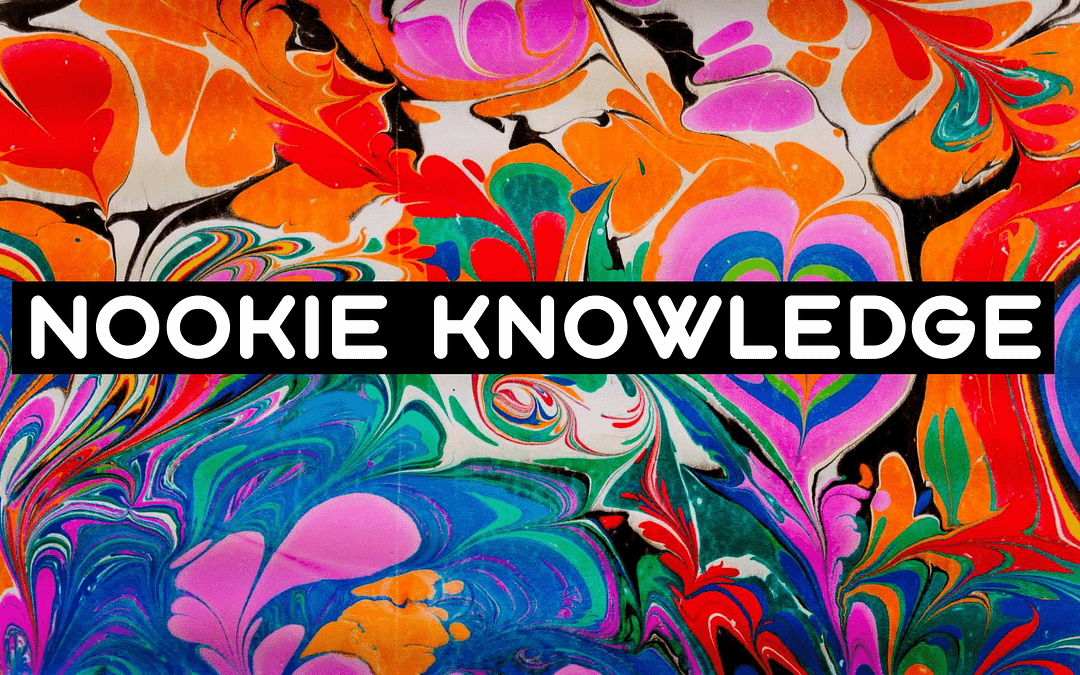Introduction
Erectile dysfunction (ED), often referred to as impotence, is a common but distressing condition that affects men of all ages. It can have a significant impact on a man’s self-esteem, relationships, and overall quality of life. In this article, we will explore what erectile dysfunction is, its causes, available treatments, and offer hope for those living with this condition.
What is Erectile Dysfunction?
Erectile dysfunction is the persistent inability to achieve or maintain an erection sufficient for satisfactory sexual performance. Occasional difficulties with erections are normal, but when it becomes a chronic issue, it can be classified as ED. This condition can manifest in various ways, ranging from the inability to get an erection at all to difficulty maintaining one long enough for sexual intercourse.
Causes of Erectile Dysfunction
1. Physical Factors: ED can result from various physical conditions, including cardiovascular problems (such as atherosclerosis), diabetes, high blood pressure, obesity, and hormonal imbalances.
2. Psychological Factors: Stress, anxiety, depression, and other emotional factors can contribute to ED. Psychological issues can either be the primary cause or exacerbate an existing physical condition.
3. Lifestyle Choices: Smoking, excessive alcohol consumption, drug use, and a sedentary lifestyle can all increase the risk of ED. These factors can affect blood flow and the overall health of blood vessels.
4. Medications: Some medications, including certain antidepressants, antihypertensives, and antipsychotics, can cause or worsen ED as a side effect.
5. Neurological Conditions: Conditions like multiple sclerosis, Parkinson’s disease, and nerve damage from surgery or injury can interfere with the signals between the brain and the penis, leading to ED.
6. Relationship Issues: Relationship problems, such as communication difficulties or unresolved conflicts, can lead to stress and performance anxiety, exacerbating ED.
Treatment Options
1. Lifestyle Changes: Often, making healthy lifestyle changes can significantly improve ED. This includes quitting smoking, reducing alcohol intake, regular exercise, and maintaining a balanced diet.
2. Psychological Counseling: Counseling or therapy can help address the psychological factors contributing to ED, providing tools to manage stress and anxiety.
3. Medications: Several medications are available to treat ED, including sildenafil (Viagra), tadalafil (Cialis), and vardenafil (Levitra). These drugs enhance blood flow to the penis, facilitating erections.
4. Hormone Therapy: If ED is linked to hormonal imbalances, hormone replacement therapy may be prescribed.
5. Vacuum Erection Devices: These devices create a vacuum around the penis, drawing blood into it to induce an erection. A constriction ring is then used to maintain the erection.
6. Penile Implants: In severe cases where other treatments are ineffective, surgically implanted devices can help achieve and maintain an erection.
Hope for Those with Erectile Dysfunction
It’s important to understand that ED is a common and treatable condition. Many men experience significant improvement in their erectile function with appropriate treatment and lifestyle changes. Seeking help from a healthcare professional is the first step towards regaining confidence and sexual satisfaction.
Additionally, open communication with a partner is crucial when dealing with ED. Support and understanding from a loving partner can significantly reduce the emotional burden associated with this condition.
Erectile dysfunction is a challenging condition that affects millions of men worldwide, but it should not be a source of shame or embarrassment. It is a medical issue with multiple potential causes and effective treatment options. By addressing the root causes, seeking appropriate medical advice, and making necessary lifestyle changes, men with ED can regain their sexual health and lead fulfilling lives. Remember, there is hope, and you are not alone in your journey towards overcoming erectile dysfunction.

